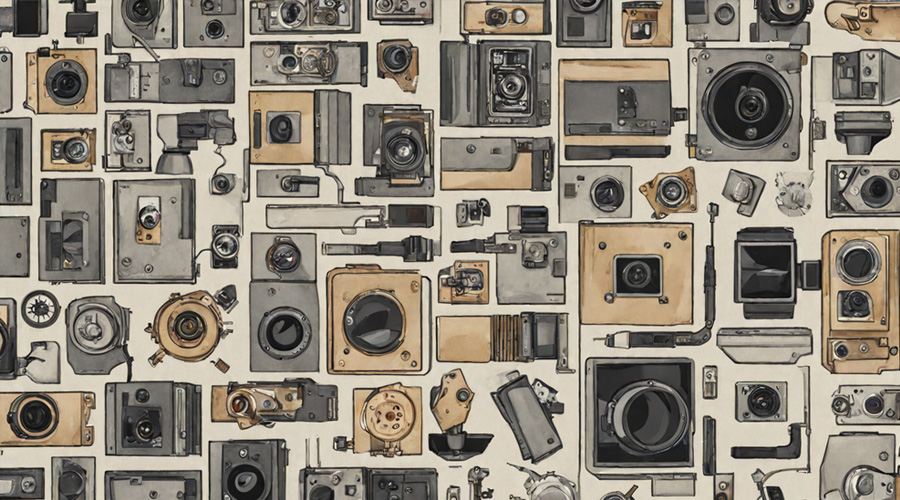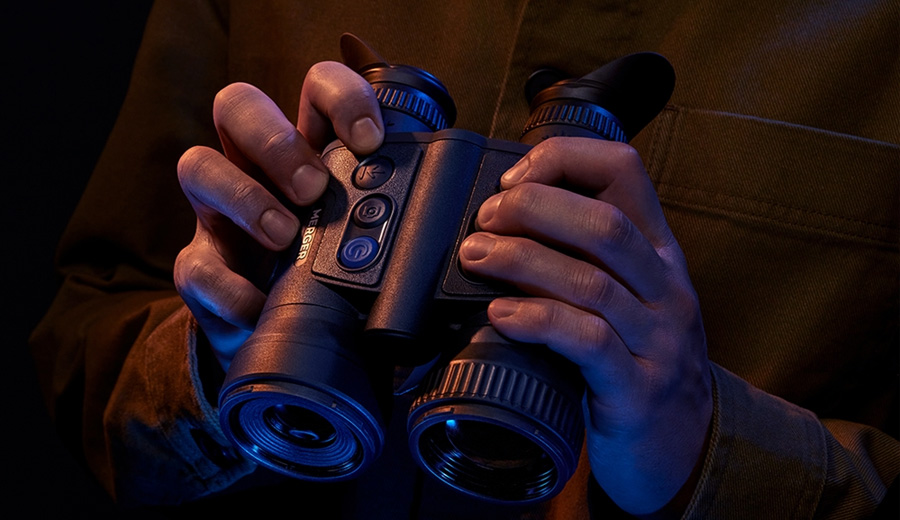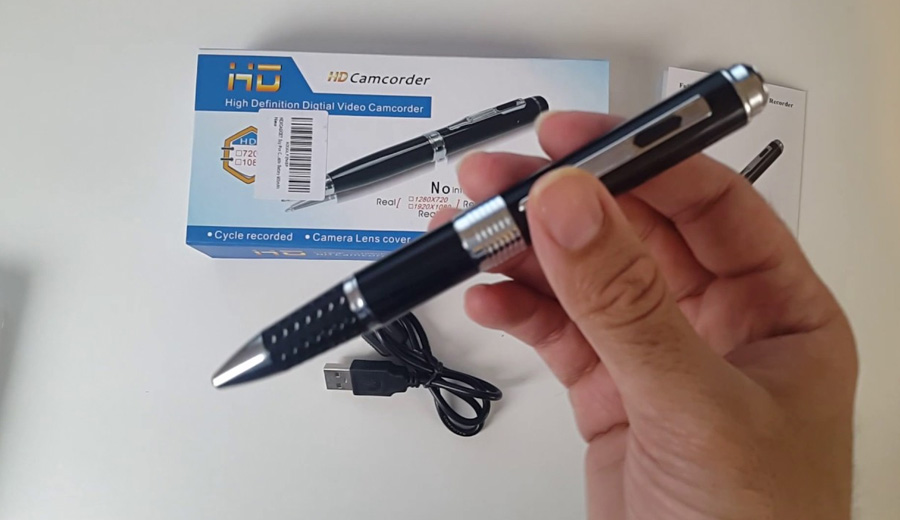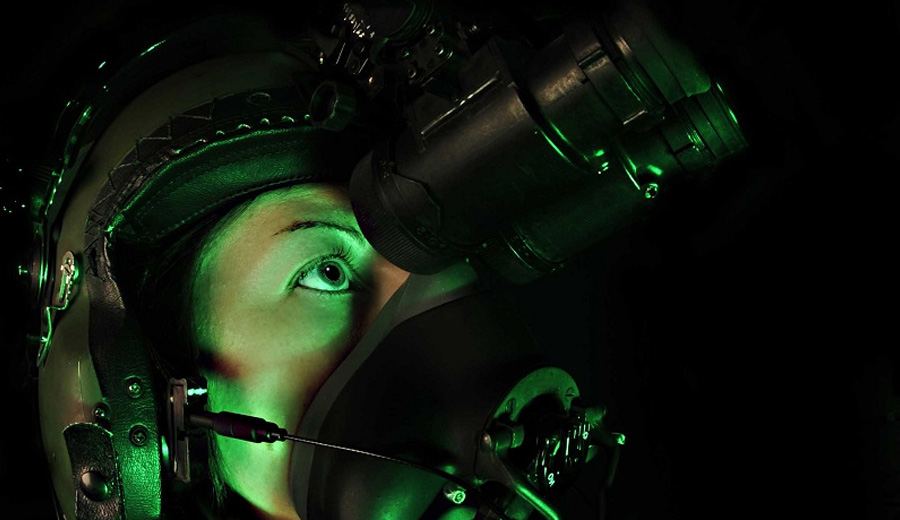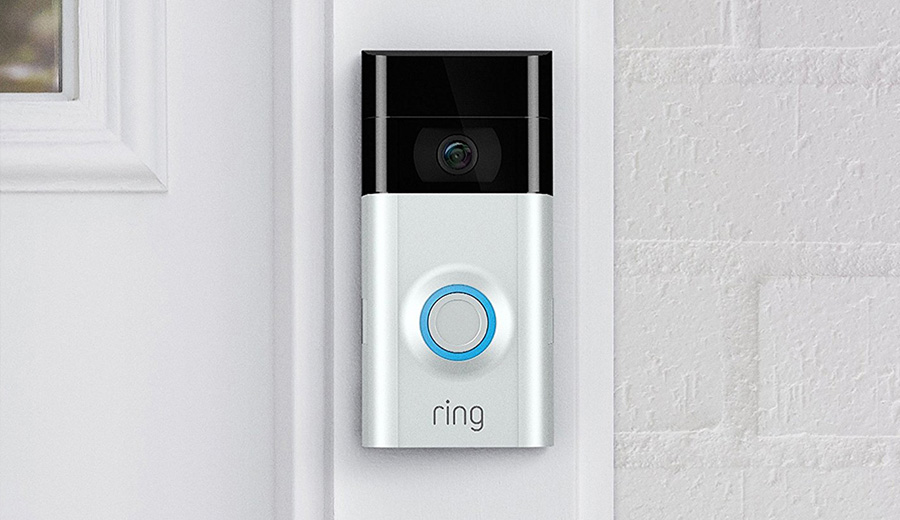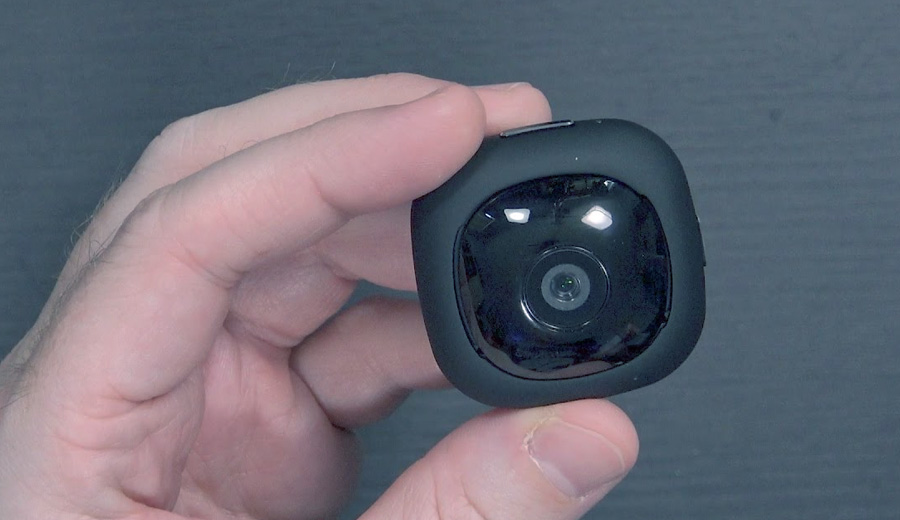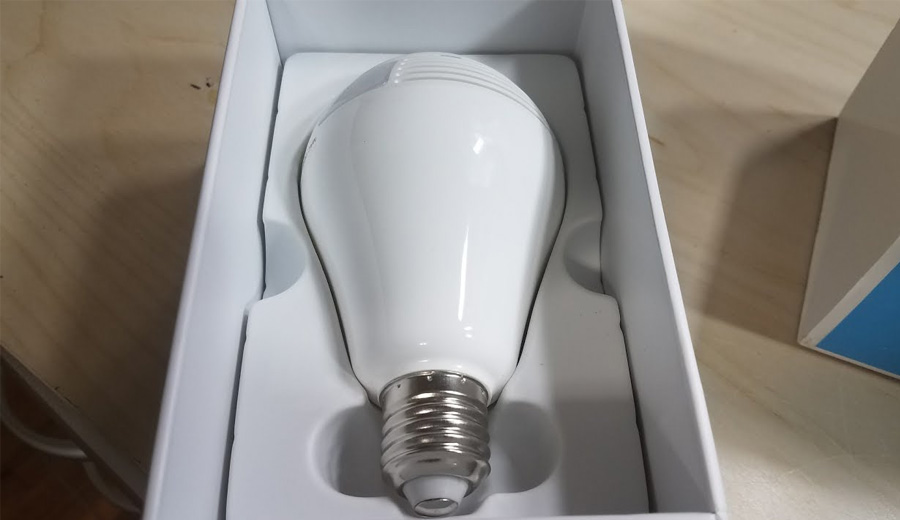Unraveling the truth is essential in criminal investigation. The search for justice depends on the discovery of unshakable proof.
While traditional methods of gathering evidence remain important, the advent of modern technology has introduced a powerful tool to the arsenal of law enforcement: spy cameras.
These covert devices are priceless in getting the best evidence, improving justice system, and making improvements in criminal probes.
The Role of Spy Cameras in Gathering Evidence
Spy cameras have found their special niche in collecting evidence. These inconspicuous devices are used for surveillance of public spaces and under-cover recording of suspects, as they record secretly without anyone suspecting. In criminal investigations, they are utilized for various purposes:
- Surveillance: The spy cameras are usually used for surveillance purposes, persons, or operations. It is especially relevant for tracking of suspects or witnesses.
- Stakeouts: Spy cameras used in undercover stakeout operations capture images of ongoing criminal activities and suspicious behavior.
- Sting Operations: Spy cameras help in recording transactions, discussions, and interactions between undercover agents and suspects during sting operations.
For instance, it has contributed greatly towards gathering evidence, building up cases and delivering justice in high profile cases like drug busts, human trafficking, and organized crime takedowns.
Body-Worn Spy Cameras in Law Enforcement
Nowadays, the emergence of the body-worn camera for police work have changed the notion of responsibility among many. Such cameras are usually attached to an officer’s uniform or glasses that can record live video and audio while the police is interacting with citizens. The benefits are numerous:
- Transparency: Body-worn cameras ensure that there is a transparent record of police interactions that leave little to guesswork, thereby promoting trust between law enforcement and the community.
- Accountability: Officers are aware that their conduct is continuously monitored, therefore, they remain responsible for their actions.
- Evidence Collection: These spy cameras play a major role of recording important information that is captured on both video and audio, which is vital during investigations and court sessions.
Body-worn spy cameras are no longer just a convenient practice but a legal requirement in certain jurisdictions. These have become crucial in ensuring integrity in police work.
Undercover Surveillance Operations
Spy cameras are vital in infiltrating criminal organizations and stopping the illicit activities. These include undercover operations during which police officers pose as criminals or participants in crime in order to collect evidence.
Some spy cameras are built into clothes, accessories and props which secretly record crime taking place.
In fact, these undercover operations have crushed drug cartels, human trafficking rings, and much more.
Spy cameras have been instrumental in building cases and leading to the convictions in some real-world examples of undercover surveillance.
The Legal Framework and Ethical Considerations
The use of spy cameras in criminal investigations raises complex legal and ethical questions. Surveillance must comply with privacy laws and guidelines, and there are continuing discussions on surveillance’s bounds.
With the emergence of spy cameras, legislations become relevant to address issues of privacy and consent in the public spaces.
More recent legal cases continue to emphasize the need for a balance between protecting public safety and an individual’s privacy.
Benefits and Challenges
The use of spy cameras in criminal investigations comes with a set of challenges. Let’s take a quick look at some pros and cons:
Advantages:
Enhanced Evidence Quality: Spy cameras provide high-quality, objective evidence that’s crucial in court.
Reduced Human Error: Unlike human witnesses, cameras do not forget or distort what they record. (Unless footage is tampered with).
Swift Case Resolution: Cases can be expedited with clear video evidence, saving time and resources.
Increased Officer Safety: Body-worn cameras can deter aggressive behavior when individuals know they are being recorded.
Disadvantages:
Privacy Concerns: The use of spy cameras, especially in public spaces, raises privacy concerns and many activist groups raise alarms.
Security Risks: Vulnerabilities in the security of these cameras can be exploited by hackers, potentially undermining their trustworthiness.
Legal Debates: The legal and ethical implications of surveillance are subject to ongoing debate and scrutiny.
Technological Advancements and Innovations
Spy cameras constantly improve and innovate, they evolve along with all other technologies. Here are some of the latest technological advancements that are enhancing their effectiveness in criminal investigations:
Improved Resolution: Today, spy cameras are much clearer with sharper images and footage.
Mini spy cameras: Smaller and more discreet cameras can easily be hidden in many items and thus are very, very valuable for secret operations.
Wireless Connectivity: Wireless technology integration allows for real time steaming and remote access thus increasing the rate in which evidence can be gathered.
Enhanced Data Storage: Spy cameras are now fitted with large storage capacities to avoid any important information loss.
Night Vision: Today’s spy cameras are able to acquire sharp images under low light conditions or night time operations using infrared technology.
The progress in technology plays an essential role in the effectiveness of spy cameras at capturing significant information in many different circumstances.
Real World Case Studies
The significance of spy cameras in criminal investigation can be adequately analyzed by studying actual cases where they were pivotal in uncovering the facts. Here are a few examples:
Operation “Trojan Horse”: To take down an international drug-trafficking ring and in a very covert operation, law enforcement agents deployed spy cameras that recorded exchange of drugs and dollars being exchanged. Video played a critical role in convicting individuals and dissolving the criminal network.
Child Exploitation Investigations: Child exploitation cases have been greatly aided by spy cameras. Child predators have been identified and prosecuted through covert recordings or in-person meetings.
Cold Cases: In several cold cases, unsolved for years, evidence from old spy cameras has been revisited and reanalyzed. As a result, numerous decades-old mysteries have been resolved and innocent individuals who were previously incarcerated had their sentences overturned.
These cases illustrate the vital importance of spy cameras in police and criminal justice system.
The Human Element: Interpreting and Analyzing Spy Camera Footage
However, the effectiveness of the spy cameras in a criminal investigation is dependent upon the human factor also.
Spy cameras are monitored by trained analysts, investigators, and digital forensics experts, who in turn watch and interpret the obtained footage.
- Video Analysis: Analysts carefully examine videos in order to note the necessary people, elements, and the important moments. They will help to magnify, pace down or zoom into specific parts of the videos.
- Enhanced Audio Analysis: Experts who work on audio records strive to find important pieces of information even in hard to deal circumstances.
- Chain of Custody: To be admissible, the video evidence should be documented and handled properly. For the evidence to be authentic, the chain of custody must be kept.
- Expert Testimony: Witnesses can include analysts and forensic experts that testify on the content and authenticity of the evidence in cases that go through court process.
This human element ensures that the evidence captured by spy cameras is interpreted accurately. It’s an example how humans and technology can work together to achieve intended goals.
Conclusion
Spy cameras have radically revolutionized criminal investigation and how law enforcement uncovers the truth.
There are plenty of case studies exemplifying the efficacy, and the crucial role of skilled analysts and investigators working with these covert devices to contribute significantly to the pursuit of justice.
As spy camera technology evolves, they are likely to remain a cornerstone in the efforts of law enforcement to maintain transparency, enhance accountability, and ultimately help h in criminal investigations.
In an ever-changing world, these small, unassuming devices serve as a powerful force for justice.

